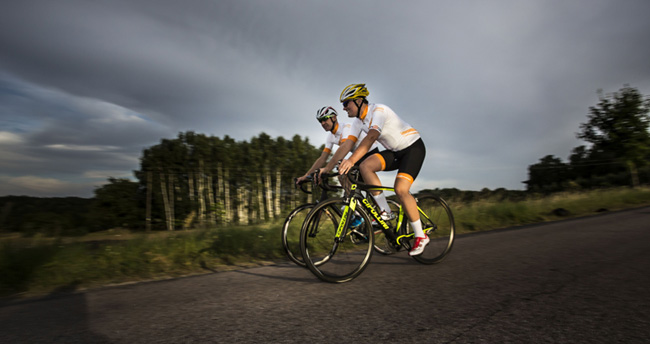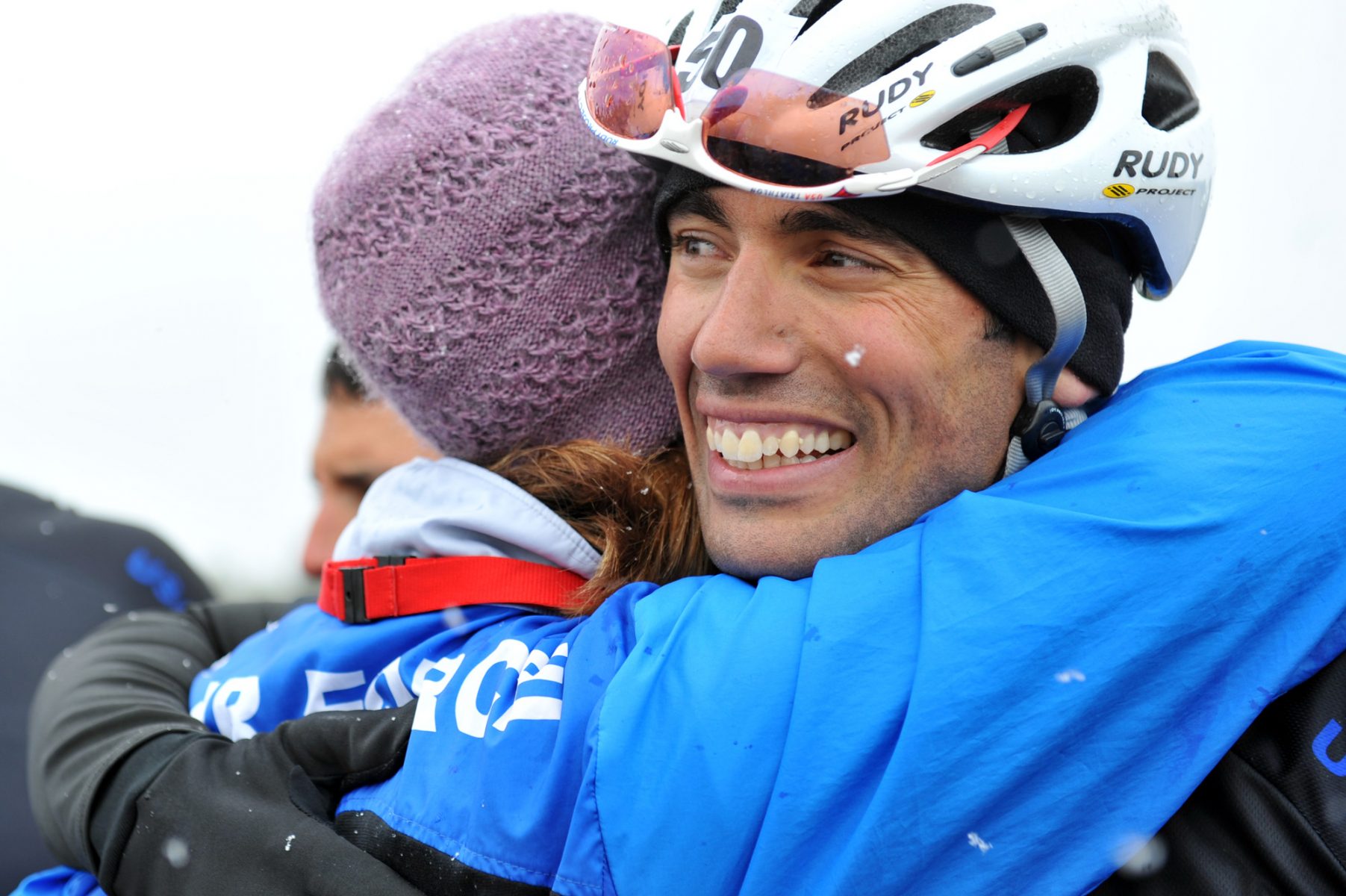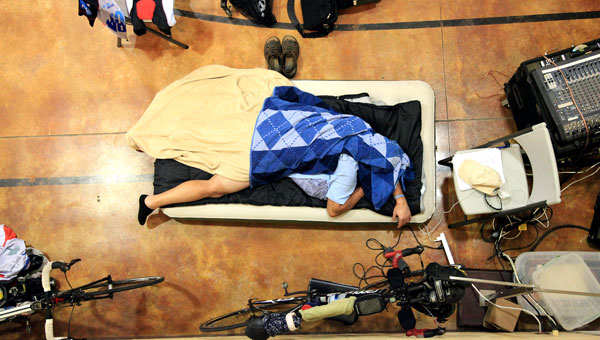
7 ways to set the FTP
13 September 2017
What is the weight-to-power ratio and how to improve yours?
13 September 2017
I am 40 years old, and I have a little more time, I’ve had a ten years break from regular training and a great desire to return to my former shape. It is one of the typical scenarios for quite a lot of us. In addition to an intense family and professional life, the frequent reasons for quitting training are also injuries, fatigue or changing priorities in life. However, the common denominator is the same – returning to training after years of break. How to do it?
Peace of mind above all
If in our youth we were practicing a sport at a high-performance level, there is a high probability that we want to return to this competitiveness. And it would be best if we could compete again, at a reasonably high level very soon. The sooner, the better. In our heads, we are still the athletic 20-year-olds. However, our body went through quite some changes in these last years and even a few months of hard work will not erase the years without regular training. If we try to catch up too quickly, we may end up with a series of injuries, in the worst case scenario. After such injuries, we will not only not return to our favorite discipline, but also move this moment in time for several months.

You have to approach everything calmly and set realistic goals. In the last few years we have had some physical activity maybe a few times a month, so let’s not try to switch to mode several times a week all of a sudden. Let’s start with 2-3 training sets a week, during which we can focus on the correct technique, we can set our mind to regular exercise and prepare the family members for their new lifestyle.
Everything in my head
Forget about the past. It does not matter if you were a school, state, country or world champion. After a few years without training, the shape dropped. Usually drastically. We still have images in our mind of when we were strong, but now we are starting again. Of course, the more athletic we were in the past, the faster we usually get too high efficiency after a break. Still, we must give it time.
Let’s focus on enjoying the sport and identifying the pleasures it gives us. Usually, after returning to sports, training is a springboard from our everyday life, full of ups and downs related to work, family life and education. Let’s not go crazy and treat sport as personal development, and if we wish so – additionally strengthened by rivalry. However, let’s try to think about the progress we gain and take pleasure in the growth of possibilities and the time devoted to ourselves, as these are not frequent moments for most of us.

Slowly forward
After accepting your current state of shape and cutting off from the past, I recommend concentrating on the small steps that we gain in our new sports life. They may include:
– doing training 2-3 times a week for the first three months of returning to exercise
– implementation of eating habits adapted to regular training
– focusing on the regularity of training more than on quantity (i.e., better ride three times 1-1.5h than 1-2 times 2-2.5h)
Work with a coach
For many people, getting back to sport becomes more comfortable when working with a coach on a regular basis. This person standing on the side of your workouts allows you to get more motivated, let you know about the progress achieved, he can adjust the training plan to current opportunities and changes it in the event of unexpected trips, work, etc. Working with a coach also saves us valuable time, and instead of planning your exercises, we can focus only on training.

Adam Tanverdi recieves a hug from Air Force Head coach Cami Stock after finishing up in fourth place in the 20-kilometer upright bike race for the inaugural Warrior Games May 13, at the U.S. Academy in Colorado Springs, Colo. Tanverdi is one of some 200 disabled veterans participating in the Paralympic-style competition May 10-14.
With a coach, we can also share our doubts, fears and get the valuable support that we often do not find in our circle of friends – especially when they are not training similarly.
Working with the coach also allows you to squeeze the maximum out of your limited time for training and saves you from the need to learn from your own mistakes, instead proposes proven and tailored individually adjusted methods.
New quality
In addition to the progress in physical performance, regular training allows us to return to our youth unrestricted by limits. Trips to racing events, training with friends, a coffee break during a bike ride, casual conversations, new friendships, the feeling of warm wind on the cheeks or the beauty of nature in new places – it all brings you closer to cycling, but also helps to get to know yourself better. Often in the whirlwind of life, we lose this time for reflection, and lonely workouts allow us to go back and regain psychological and spiritual balance.

